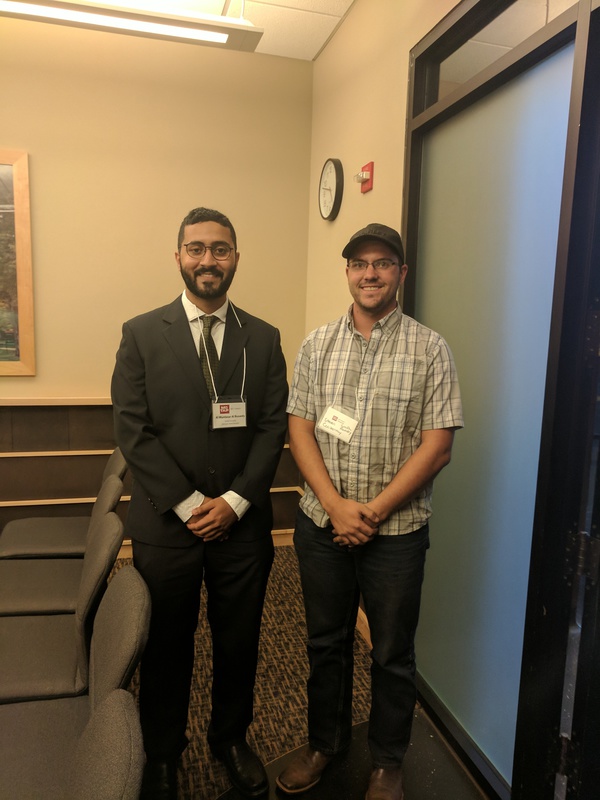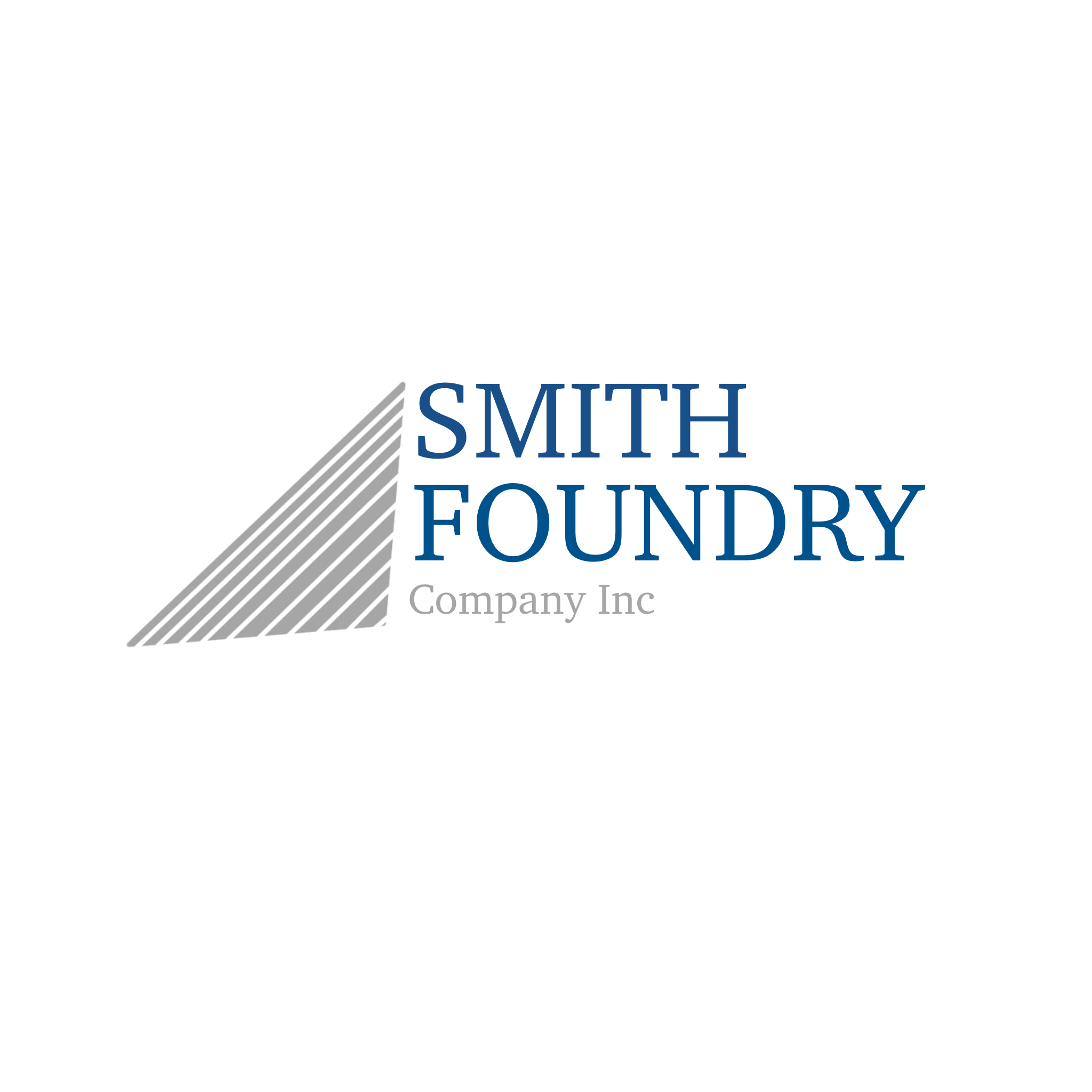
Smith partners with University of Minnesota
SMITH FOUNDRY COMPANY WORKS WITH THE UNIVERSITY OF MINNESOTA TO IMPROVE THE ENVIRONMENT
This summer, Smith Foundry Co., through a grant from the federal government, had the opportunity to work with the University of Minnesota’sTechnical Assistance Program (MnTAP) to develop and implement industry-tailored solutions that are designed to prevent pollution at the source, maximize efficient use of resources, and reduce energy use and costs to improve public health and the environment. The program has proved to be a valuable tool in helping Smith Foundry make positive and effective improvements in our operation and within the community.
The first step in the process is to identify areas of concern that need to be addressed and to find an appropriate university engineering student who possesses the proper qualifications to do the research, develop a plan for improvement, and determine costs and the potential payback on investment. The U of M chose Al Muntasar Al Busaidy, a senior at the University of Minnesota, who is studying Mechanical Engineering, to be our intern. Never having been in a metal casting plant before, Munta had to quickly learn how a foundry operates. Following a brief Foundry 101 education, Munta began to focus on three key areas: lowering emissions, reducing waste through technology improvements, and saving energy.
The first of those areas, lowering emissions, was an area that both Smith and MnTAP greatly wanted to target. Following a study of our core department, it was determined that there was significant potential to lower VOC’s (Volatile organic compound)and HAP’s (Hazardous Air Pollutants)in our air-set core process. Much of the summer was spent studying and testing new products and then comparing that to the products that we are currently using. Going forward Smith Foundry will continue to evaluate the new products and will make decisions on their use once more thorough studies are completed.
The second area of focus, reducing waste through technology improvements, introduced Smith Foundry to a relatively advanced process called “The Blackwater System.” It was created by Mr. Jim Furness, an engineer and foundry expert, who developed a system to improve the useful life of foundry sand, while at the same time reducing pollution and the use of energy. This system is also being evaluated by Smith for future installation.
Another area Munta analyzed was our pneumatic sand conveying system. This system moves sand throughout our plant within 5” diameter pipes to work stations where molds and cores are made. The sand is moved pneumatically and if the pressure remains high, the sand grains will fracture causing the sand life to decrease. This, in turn, creates the need to purchase significantly more sand, dispose more sand into landfills, and waste energy. To mitigate against this problem we used 3D modeling to determine where the highest pressures were in the system. We then set about to reduce this high pressure through the use of an improved piping system that would allow for a smoother transitions, less sharp corners, and greatly reduced pressures. Based on this study, we have begun to modify our sand delivery system to reduce sand usage and waste.
The next area studied was in sand mulling. All foundries blend their sand through a process called mulling, which is much like the use of a kitchen blender to mix various ingredients together, only in a foundry it is much larger. Our batch size is 1500 lbs. The process of blending the ingredients in the sand mix requires significant electrical energy and is very costly.
Through a thorough investigation of the process, Munta determined there was a significant opportunity to reduce energy consumption while at the same time increasing output. He conferred with outside consultants and with their assistance brought forth the concept of “Mull to Energy.” Instead of using a fixed time to mull a batch of sand, this system will tell the muller (blender) when the batch is done based on how much energy has been used. This eliminates over- mulling and reduces electric power usage and our carbon footprint. Using testing equipment provided by the university, we were able to lay the groundwork to get this system implemented.
The final area of focus was an effort to save energy across the plant. While these initiatives may yield smaller savings than some that we evaluated, there is still ample opportunity to justify a thorough review. One area that Munta evaluated was switching from pneumatic tools in our finishing department to electric powered tools. The use of pneumatic tools in the foundry process is common practice. However, the downside is the need to first convert electric energy into compressed air by running a motor, and then converting the compressed air into mechanical energy. With electric tools, you eliminate one step and use the energy to turn a motor on the tool without having to compress any air. While the idea of using electric grinding tools in our industry may not be prevalent, we feel it wise to fully evaluate this option to insure that we are making good decisions on our power consumption.
The overall impact of this project has been very positive and we feel fortunate that we were chosen to participate with MnTAP. We wish to thank the University of Minnesota, MnTAP, and Al Muntasar Al Busaidy for their assistance and leadership in developing this study. It has been a very worthwhile project and a great learning experience for all parties involved. We enjoyed working with Munta and our MnTAP colleagues throughout the summer. Through this collaborative effort we are now better prepared to continue our journey of reducing our environmental impact and improving the community in which we live and work.
